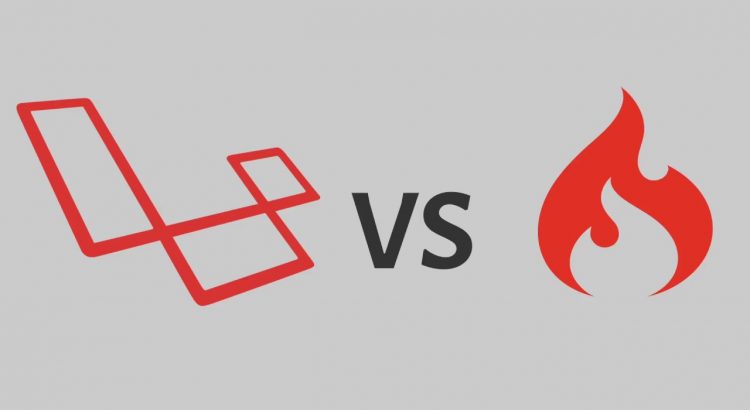Laravel is an open-sourced framework based on Symfony & written in PHP that provides reusable PHP libraries or components. Laravel is recognized for its excellent HTML authentication, server-side managing of routing, templating, & a lot more.
CodeIgniter is robust PHP framework with minimal digital footprint produced for the developers looking for a rich still simple toolkit to make full-featured web applications. CodeIgniter gives no dependency & has absolute freedom on Model View Controller (MVC) design. Besides, CodeIgniter allows third-party plugins which furthermore ease the execution of complex functionalities.
Laravel vs CodeIgniter Real-Life Usage Cases
Laravel is a multipurpose PHP framework, which means that most types of apps could be constructed with the backend framework. From web applications to CMS to e-Commerce sites & API development to prototyping & microservices, Laravel has its trails universally.
Some huge organizations using Laravel are:
- GitHub Education
- Toyota
- BBC
- World Walking
- Union Bank of Philippines
Like Laravel, CodeIgniter is also a versatile PHP backend framework which helps to improve small-to-medium-size sites, custom web applications, e-commerce sites, learning projects and agile prototyping.
Some large organizations using CodeIgniter are:
- BirdView
- Wisesight
- Accenture
- Esummarizer.com
- Ola
CodeIgniter vs Laravel for the Beginners
The fight between Laravel & CodeIgniter for the beginners depends on following significant points:
- Laravel is complicated to learn, whereas CodeIgniter has an easy studying curve.
- Laravel has big community help than CodeIgniter, resultant in more obtainability of resources for the newbies.
- Laravel’s code institute is better than CodeIgniter’s because of the difference in architectural pattern & understanding of it.
- For the beginners, what matters most is the accessibility of features to avoid making from scratch, and that is what Laravel proposes.
- Both Laravel & CodeIgniter build apps at a faster pace because of the availability of descriptions and minimalistic plan, respectively.
CodeIgniter Vs Laravel DBMS Support:





